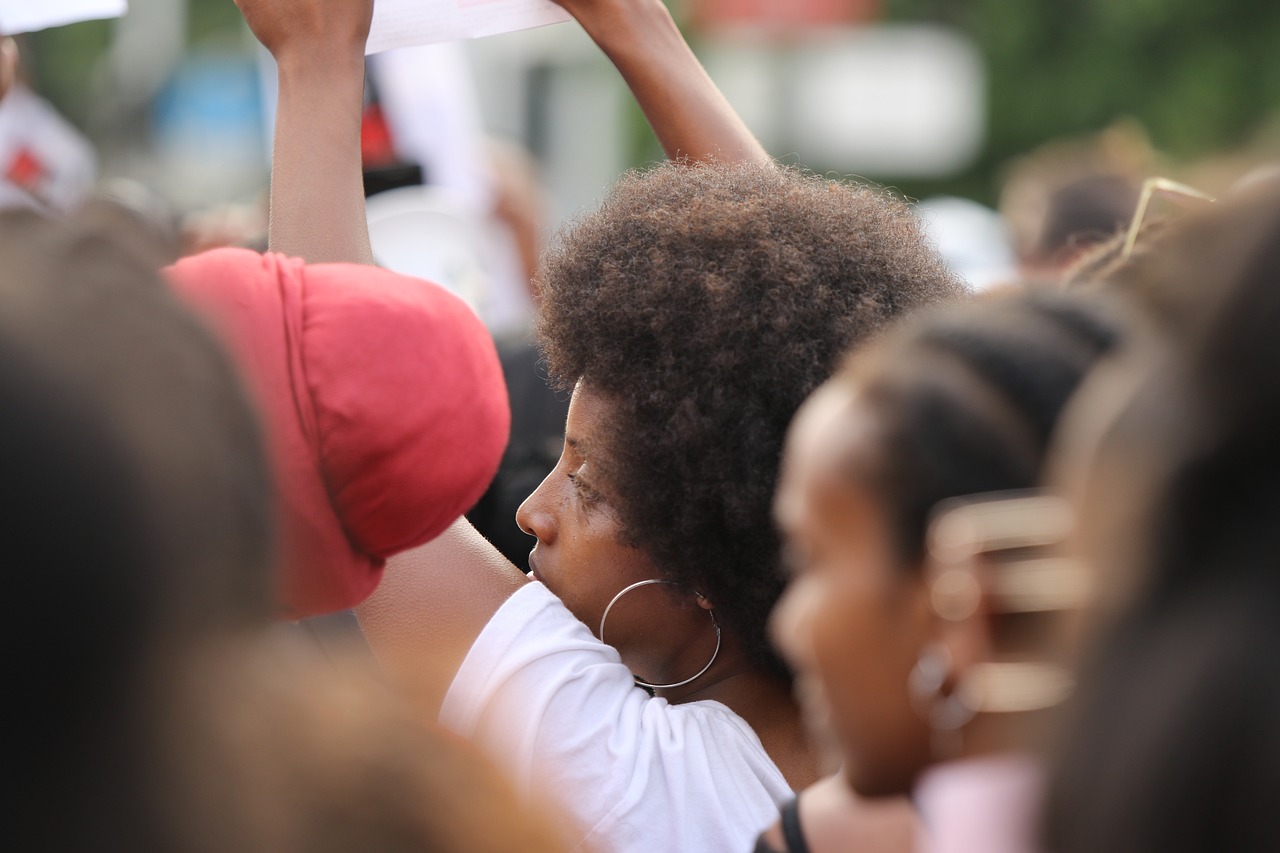In key states such as Arizona and Michigan, a surge of young women is emerging to vote early, a trend that Vice President Kamala Harris is banking on to sway the election in her favor. On an unusually warm autumn day at the University of Michigan’s Ann Arbor campus, numerous students formed lines at the early voting center. Among them was Keely Ganong, a junior who expressed her enthusiasm for voting for Harris, stating, “She’s a leader I admire who represents our country well.” Her friend Lola Nordlinger highlighted gender equality as a pivotal issue, particularly focusing on abortion rights. “A woman’s choice is deeply personal and should remain her own,” she asserted.
With less than a week until election day, conversations about voting are prevalent across the campus. Ganong believes that student participation will significantly impact the electoral outcome. Adrianna Pete, a 24-year-old volunteer educating students about democracy, echoed this sentiment, noting an increasing engagement among women.
Polls indicate that Harris enjoys substantial support among young women aged 18-29, leading by 30 points according to a Harvard Institute of Politics survey. This trend extends to college students of all genders, where she leads by 38 points, as per research from Inside Higher Ed/Generation Lab. In an environment where national polling is closely contested in battleground states like Michigan, Harris is counting on these young voters to turn out in large numbers.
Hannah Brocks, a 20-year-old who attended a recent rally for Harris and gubernatorial candidate Walz in Ann Arbor, has been actively involved in political outreach through her university’s Young Democrats club. She appreciates Harris’s empathetic communication style and feels it resonates with many voters.
The demographic advantage among young women could be crucial if turnout resembles patterns seen in the 2020 election when significantly more women voted compared to men. Current early voting data suggests a similar trend with 55% of voters being women.
However, the political landscape is nuanced. While Harris leads among white women under 30 by 13 points over Trump, her advantage broadens to 55 points among non-white women in the same age group. Yet amongst white women overall, her lead fades—a reflection of historical voting patterns where many white women supported Trump in previous elections.
To secure victory, Harris must not only galvanize her base but also appeal to undecided or traditionally Republican women who may be swayed by issues like abortion rights. Personal stories and experiences shared by voters underscore the weight this election carries for many women as they navigate these significant decisions regarding their reproductive health and rights.


